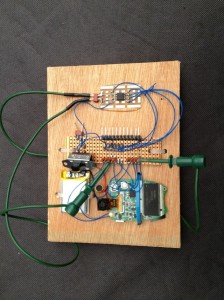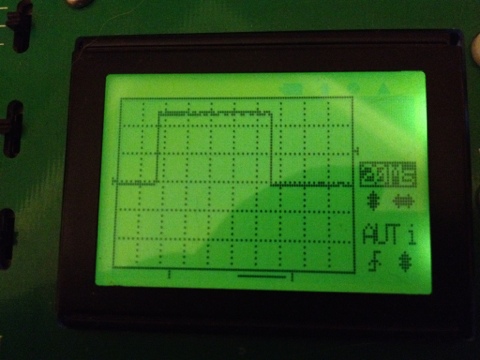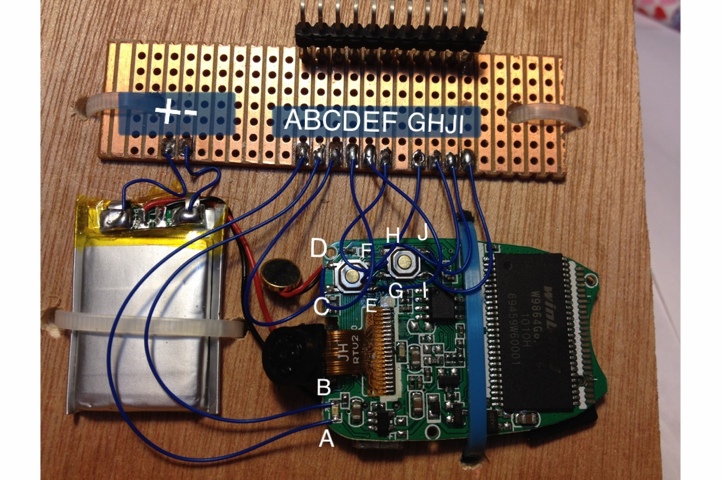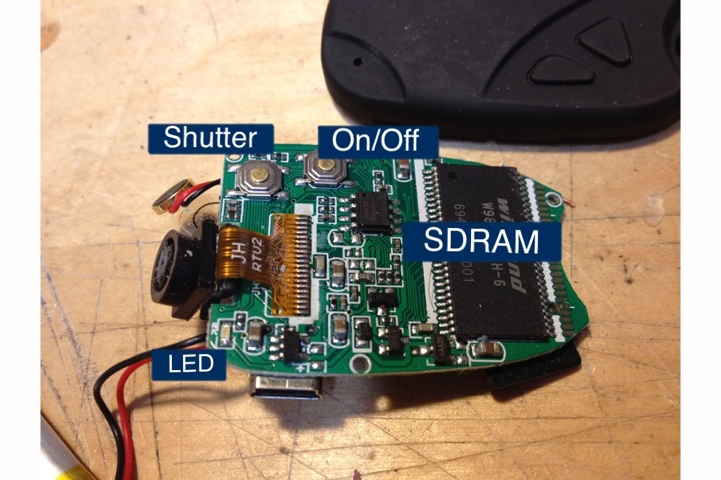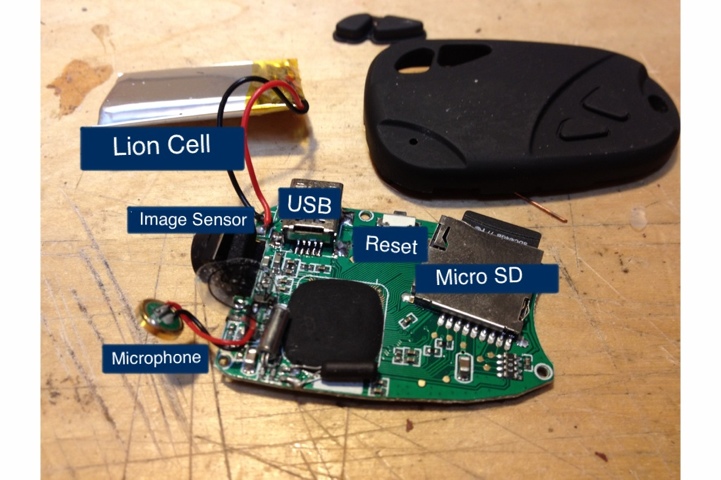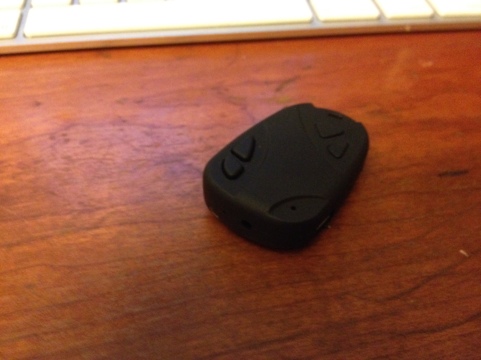Findings
Monday, April 9th, 2012I have a version of the circuit that uses the LED signal to stay in sync. However I was thinking about my earlier statement that the timing was off and that’s why the system stops taking pictures after a while.
Wrong.
I noticed that after 30 or so pictures that the LED was taking longer and longer to go out (signalling image acquisition) after I sent the shutter signal. I think that what’s happening is the system is iterating through the existing files on the SD card to find the next filename to use, and as the files accumulate this takes longer. I’m going to explore this a little further but right now this would mean that any animation would slowly speed up!
[edit] maybe use a better card
The other thing I found came from the design of the testbed. I had a power switch handling the ATTiny and the camera circuit and I found that not all pictures were being stored. Additionally when I mounted the SD card onto my computer it would complain that the card had been improperly ejected.
I believe that the circuit is writing data to the memory card even after you’ve hit the power button and of course pulling the power at that point would leave the card in an indeterminate state.
